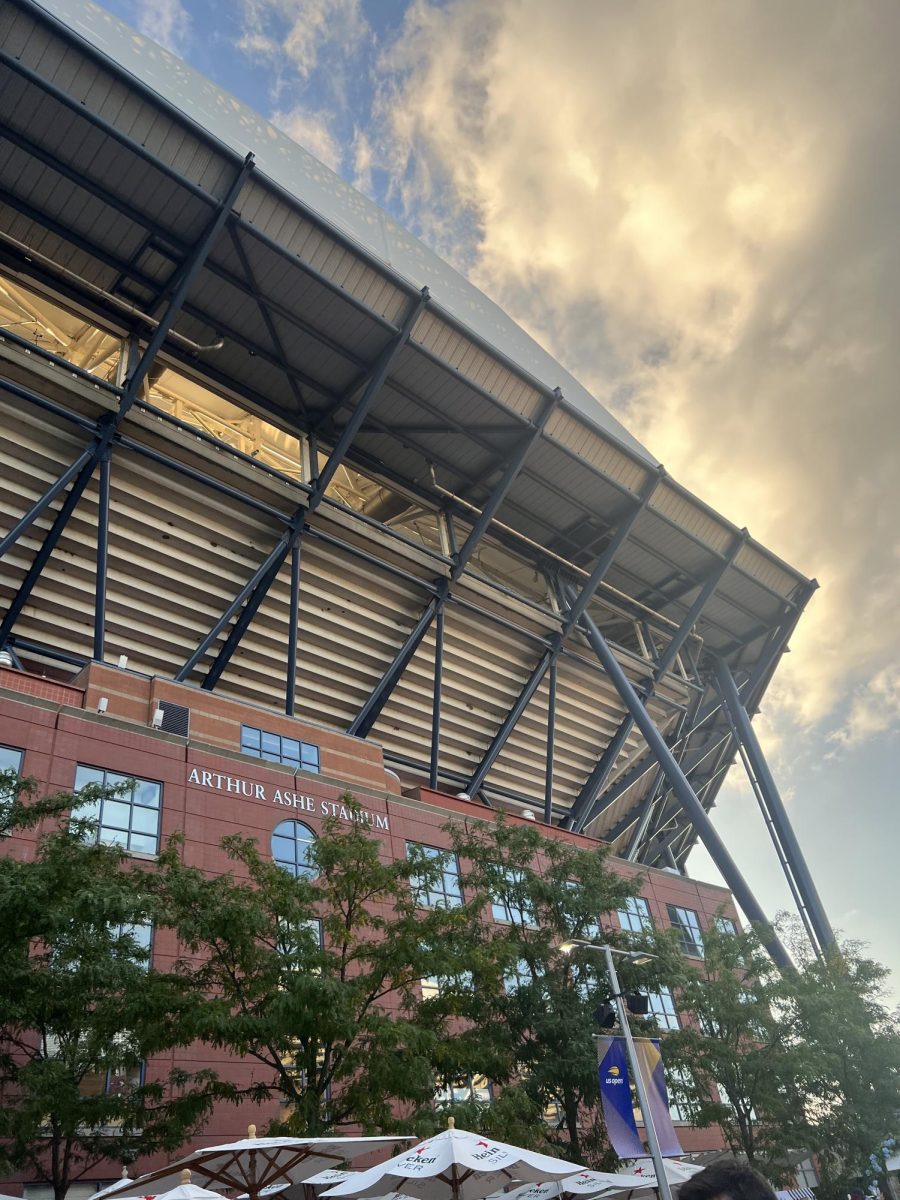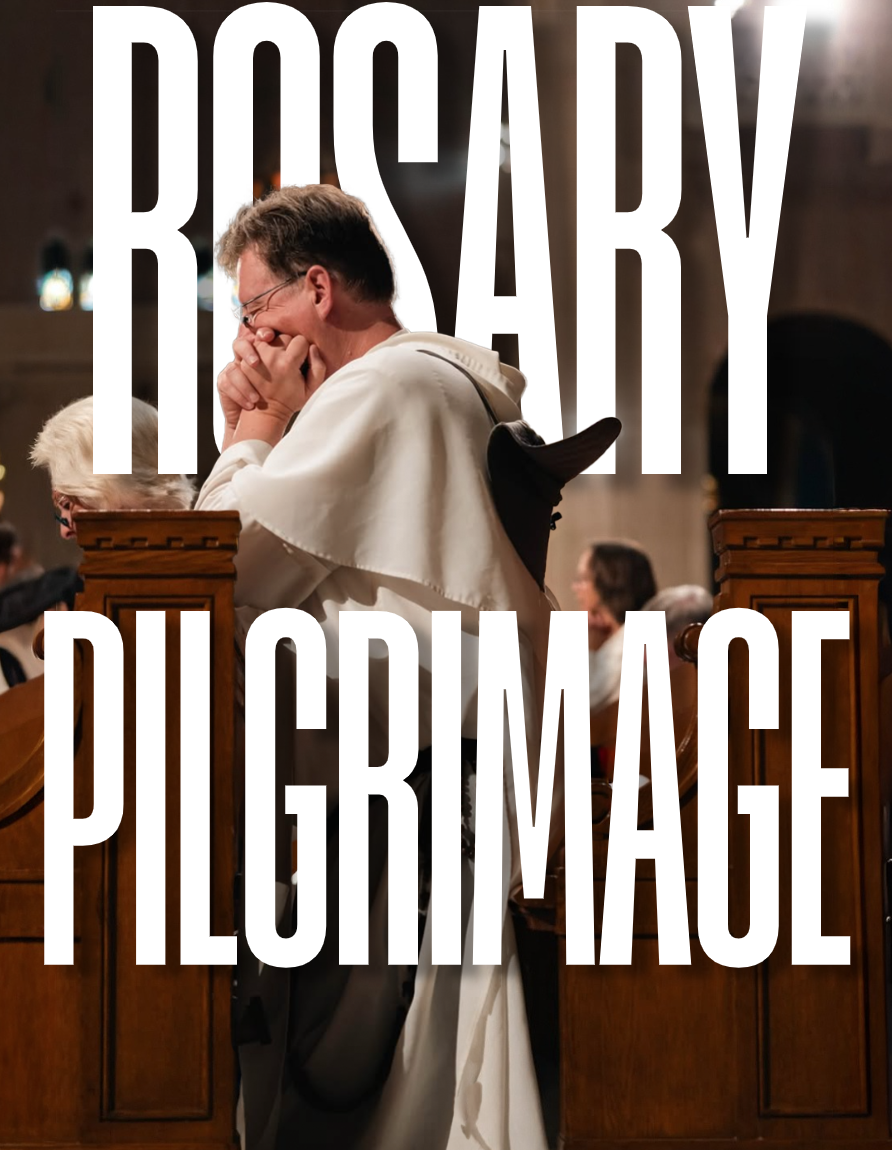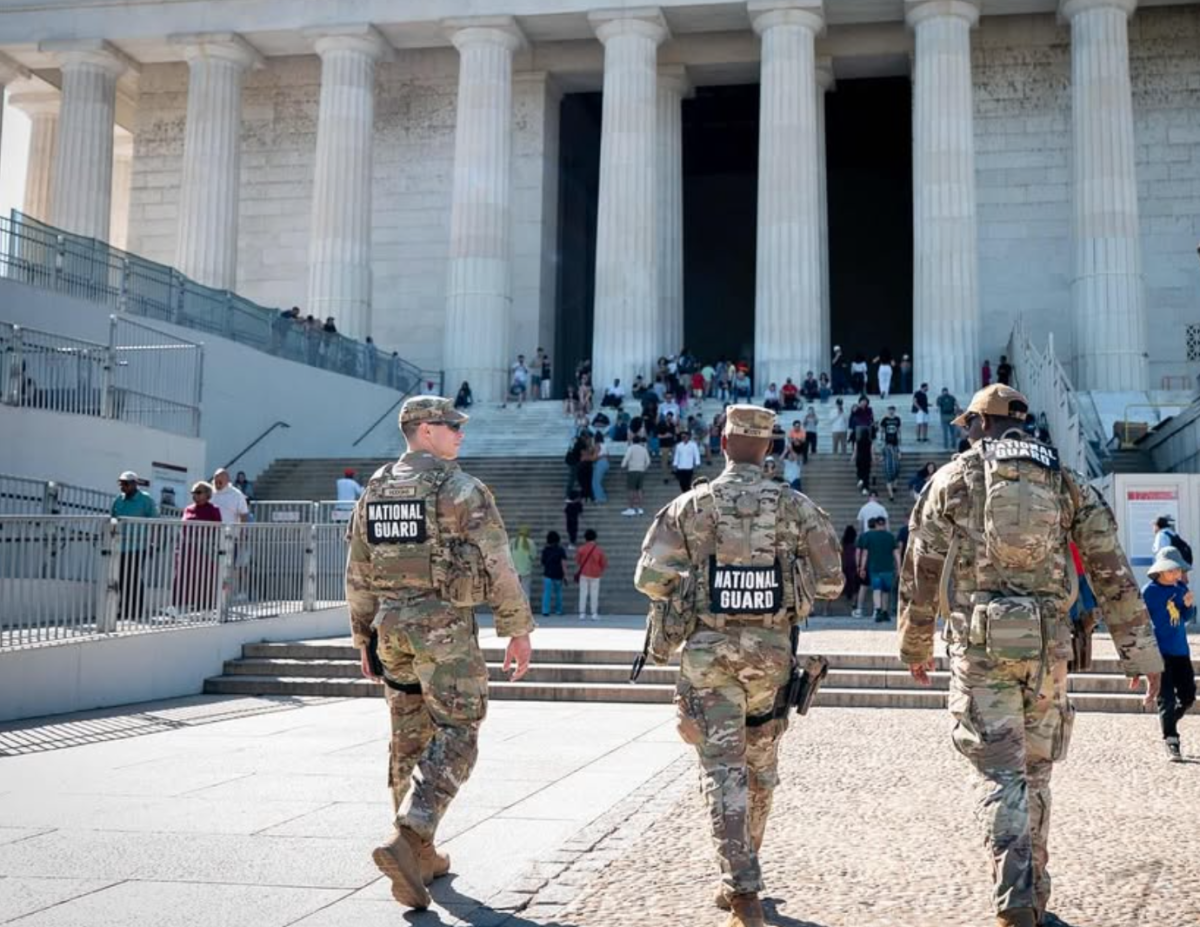Friends, Rams, countrymen — lend me your ears. I come to you with a problem concerning our dear friend and neighboring borough, Queens. Year after year, the borough undergoes a wave of massive disruption and adversity to support the biggest annual tennis event known to the United States. This tolerance has gone unappreciated for too long, as the snobbish and upper society around it has reached new heights. The unwillingness of its patrician class of patrons to venture past the gates of Arthur Ashe and engage with the local community has made Queens locals loathe an event that, in theory, should be beneficial. The event I’m referring to, of course, is the U.S. Open.
For two weeks every year, 800,000 visitors flood the city for an opportunity to experience this peak of the higher echelon of society, booking out every hotel in Queens no matter how gouged the prices are. In a highly romanticized performance, celebrities seize every opportunity to have a “candid” reaction to one of Jannik Sinner’s serves or the soaring Carlos Alcaraz’s monster forehands. While acting natural, celebrities take careful precision to parade their antics, like Travis Kelce embracing Taylor Swift while his Gucci bucket-hat gets enough screen time. The U.S. Open has a history of fame-seeking culture. A few years ago, a woman literally dunked her chicken tenders into her Coke to get her piece of the precious screen-time pie.
We like to believe that as time passes, we, as a global society, progress in every aspect. But with the case of the crazed idol-worship at the U.S. Open, we see familiar behavior dating back millenia. In Ancient Rome, events at the Circus Maximus and the Colosseum were an opportunity for the wealthiest and most prominent to boast their high social standing, displaying their glory with extravagant outfits, floor seats and receiving much praise for their presence. There is a frightening similarity to be drawn today. If anything, we’ve almost regressed. At events like the Open, the plebeians do not reap the benefit of the “bread and circuses” — they pay the price.
I will not solely deride the effect the U.S. Open has on its surrounding area. That would be factually incorrect. According to the United States Tennis Association, the Open generates roughly $750 million in “direct economic impact,” employing 7,000 people, 40% of whom are Queens residents, according to the United. On paper, this fiscal expansion seems beneficial, but this mindset and failure to consider the impact on the local residents is exactly the heart of our problem. There is a reason Queens residents and politicians refer to the Open as a “bad neighbor.” Do the patrons of the U.S. Open now have a responsibility to see what lies beyond Forest Hills?
Rob MacKay, the Queens Tourism Council director, stated, “Hotels are the big winners” and that the profit reaped by the owners is “worth whatever problems there are.” He also said, “Whenever you can get anyone to Queens, that is a victory for me.” From those paying to those receiving, the key theme of the Open is “me.” New Yorkers do not need me to inform you that Queens is very marginally composed of the MacKays of the world. While people like MacKay, hotel owners and their companies producing their marked-up drinks are sitting on their piles of gold, the people of Queens are faced with a never-ending flow of disruption: from mind-bogglingly irritating, extremely inconvenient construction, to seemingly eons of increased traffic and congestion so intense no amount of Afrin could clear the roads. These inconveniences — no, burdens — make the quotidian unbearable.
It would be one thing if the people were enduring this hardship but at least their local businesses were benefiting. But they’re not. The worst part is we know community engagement is possible. Take a New York Mets game for example. Scalpers run rampant, knockoff hats fly off the shelf and hot dog carts practically generate enough under the table cash flow to be listed on the NASDAQ. This all happens outside of the gates. The problem with the elitist culture at the Open is that attendees would rather stay within the walls and paying for $34 lobster rolls, $32 glasses of Moët and drinks like the “Honey Deuce,” which generated over $10 million in sales, instead of paying back the community that offers them the opportunity to climb this social ladder in the first place. The majority of the 75,000 daily spectators prefer spending a fortune on absurdly priced goods than engaging with the vibrant community beyond the gates of the facility.
To paraphrase Marc Antony, who enjoyed a Circus Maximus or two, I write not to praise the U.S. Open’s unappreciative and dominantly negligent culture, but to bury it. And, to open the door to an epoch of cultural engagement as a thank-you for the tolerance of the good people of Queens.










































































































































































































Rho • Sep 20, 2024 at 4:24 pm
2 weeks of disruption that brings jobs and revenue seems like a decent deal to me. When I go to NYC I’m interested in going to Manhattan. If the US Open wasn’t in NY I would have never been to Queens, like millions of other people.
Rob MacKay • Sep 18, 2024 at 7:56 pm
Hello Kingsley Marin. My name is Rob MacKay. You know, the guy who you purport is John MacKay from the Queens Tourism Council. Your quote of my words was from a few years ago, but the premise still stands. Queens is a fantastic place to stay, dine, take in culture, watch sports, and enjoy nature. However, media outlets are more interested in Brooklyn and Manhattan. So we cherish the US Open because it gets people from all over the world to our borough. (They all seem to have a great time, too.) We are lucky to have the US Open, and many other cities would love to be the host. So we should count our blessings instead of criticizing a major benefactor.
Joe • Sep 18, 2024 at 10:28 am
$750 million in direct economic impact. How much is indirect economic impact? How much tax revenue does the city & state collect for each dollar spent? How many people take the subway or train to the event? How much would the MTA have to raise prices if ten is was cancelled ?
I think the people of Queens & surrounding areas would rather have jobs, income, and the tax benefit over two weeks of inconvenience